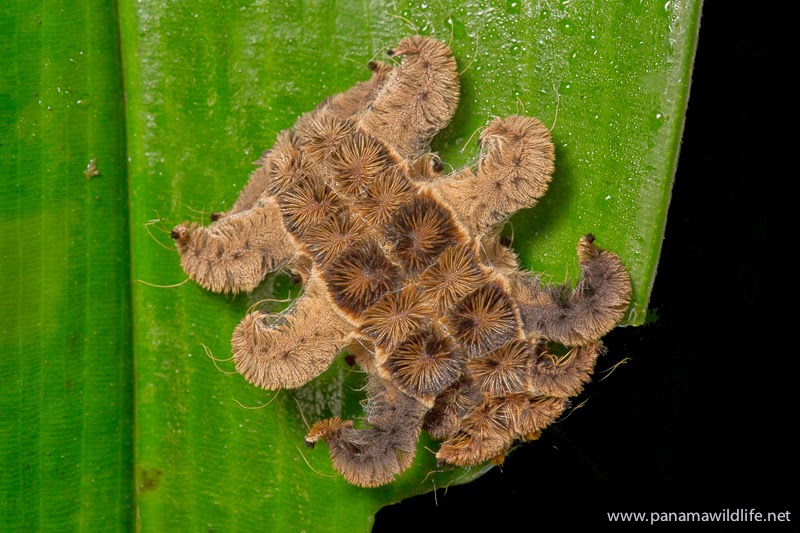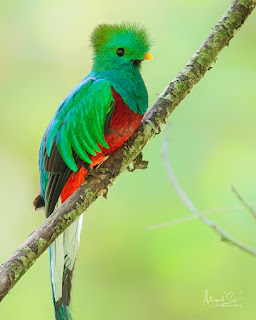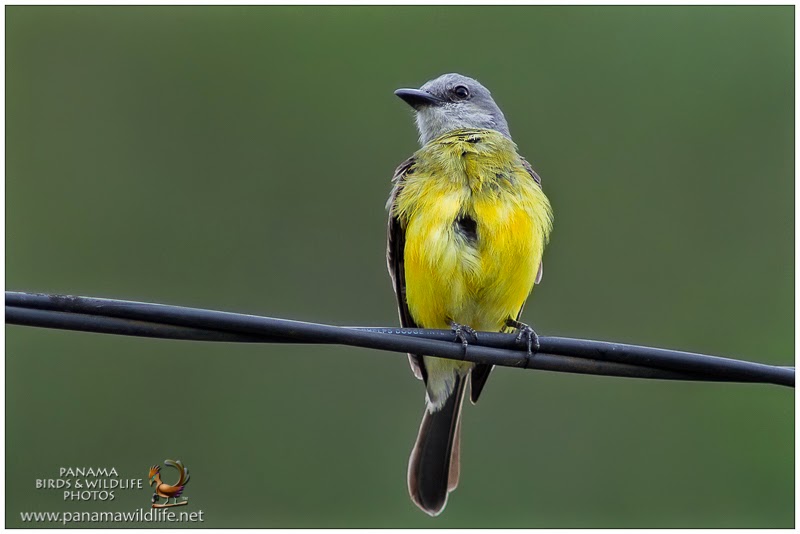A couple of weeks ago I went back again to Parque Metropolitano and these are the pictures I obtained:
Caterpillar
Ant
Crane flies
The
crane flies are members of the
family Tipulidae of insects in the order
Diptera, true flies in the superfamily
Tipuloidea. Crane flies are found worldwide, though individual species usually have limited ranges. They are most diverse in the tropics, and are also common in northern latitudes and high elevations. The adult crane fly, resembling an oversized
mosquito, has a slender body and
stilt-like legs that are deciduous, easily coming off the body. The
wingspan is generally about 1.0 to 6.5 cm. The antennae have up to 39 segments. It is also characterized by a V-shaped suture on the back of the
thorax and by its wing venation. The
rostrum is long; in some species it is as long as the head and thorax together.
Beetle
Shield bug
Pentatomoidea is a
superfamily of insects in the
Heteroptera suborder of the
Hemiptera order and, as such, share a common arrangement of sucking mouthparts. They are commonly referred to as
shield bugs, chust bugs, and stink bugs. There are about 7000 species under Pentatomoidea, divided under 14 to 15
families. Pentatomoidea are characterized by a well developed scutellum (the hardened extension of the thorax over the abdomen). It can be
triangular to
semi-elliptical in shape, and usually have antennae with
five segments.
Owl butterfly
Salticidae vs Fulgoromorpha
Beetle
Moth
Milipede
Millipedes are
arthropods in the class Diplopoda, which is characterised by having two pairs of
jointed legs on most body segments. Each double-legged segment is a result of two single segments fused together as one. Most millipedes have very elongated cylindrical or flattened bodies with more than 20 segments,
Chrysalis
A
chrysalis, also known as an aurelia or nympha is the pupal stage of
butterflies. The term is derived from the metallic gold-coloration found in the pupae of many butterflies, referred to by the Greek term chrysós for gold. Because chrysalides are often showy and are formed in the open, they are the most familiar examples of pupae. Most chrysalides are attached to a surface by a Velcro-like arrangement of a silken pad spun by the
caterpillar, usually cemented to the underside of a perch, and the cremastral hook or hooks protruding from the rear of the chrysalis or cremaster at the tip of the pupal abdomen by which the caterpillar fixes itself to the pad of silk. The adult butterfly emerges (ecloses) from this and expands its wings by pumping
haemolymph into the wing veins.
Weevil
Curculionidae is the
family of the "true" weevils (or "snout beetles"). It is the third largest animal family, with over 40,000 species described worldwide. It is surpassed only by the
Ichneumonidae (
Hymenoptera), with over 60,000 species, and the
Staphylinidae (
Coleoptera), with 58,000 species.
They are recognized by their distinctive long snout and
geniculate antennae with small clubs; beyond that, curculionids have considerable diversity of form and size, with adult lengths ranging from 1 to 40 millimetres.
Weevils are almost entirely
plant feeders, and most species are associated with a narrow range of hosts, in many cases only living on a single species. With so many species to classify and over 400 genera, the taxonomy of this family is quite complicated, and authors disagree on the number and placement of various subfamilies, tribes and subtribes.
Argiope sp. spider
The
genus Argiope includes rather large and spectacular
spiders that often have a strikingly coloured abdomen. These spiders are distributed throughout the world. Most countries in tropical or temperate climates host one or more species that are similar in appearance. The etymology of the name is from a Greek name meaning "
silver-faced". The average orb web is practically invisible, the very easily visible pattern of banded
silk made by Argiope is pure white, and some species make an "X" form, or a zigzag type of web (often with a hollow centre). The spider then aligns one pair of its legs with each of the four lines in the hollow "X", making a complete "X" of white lines with a very eye-catching spider coloured bright yellow on a field of black or variegated red white and yellow stripes forming its centre. The white patterns are called
stabilimentum and reflect
UV light. They have been shown to play a role in attracting prey to the web, and possibly to prevent its destruction by large animals. The centres of their large webs are often just under 1 metre above the ground.


















Comments
Post a Comment